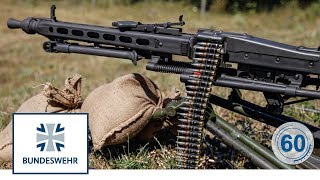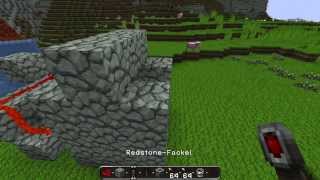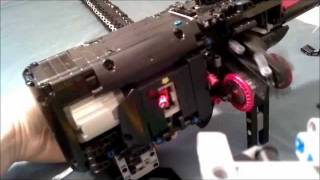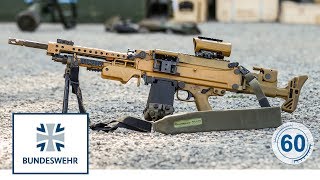Monday, 12 January, 2026г.
















Где искать: по сайтам Запорожской области, статьи, видео ролики
пример: покупка автомобиля в Запорожье
Maschinengewehr 42, MG 42 (machine gun 42)
One of the weapon's most notable features was its comparatively high rate of fire of about 1,200 rounds per minute, twice the rate of the British Vickers machine gun and American Browning at 600 round/min. At such a high rate the human ear cannot easily discern the sound of individual bullets being fired, and in use the gun makes a sound described as like "ripping cloth" and giving rise to the nickname "Hitler's buzzsaw", or, more coarsely, "Hitler's zipper" (Soviet soldiers called it the "linoleum ripper"). German soldiers called it Hitlersäge ("Hitler's saw") or "Bonesaw". The gun was sometimes called "Spandau" by British troops from the manufacturer's plates noting the district of Berlin where some were produced, much like the Germans' own World War I MG 08 had been nicknamed. Notwithstanding the MG 42's high rate of fire, the Handbook of the German Army (1940) forbade the firing of more than 250 rounds in a single burst and indicated a sustained rate of no more than 300--350 rounds per minute to minimize barrel wear and over-heating. The high rate of fire resulted from experiments with preceding weapons that concluded that since a soldier only has a short period of time to shoot at an enemy, it was imperative to fire the highest number of bullets possible to increase the likelihood of a hit. This principle was also behind the Vickers GO aircraft gun. The disadvantage of applying this principle was that the weapon consumed exorbitant amounts of ammunition and quickly overheated its barrel, making sustained fire problematic. The method of barrel change made the MG 42 unsuitable for secondary or co-axial armament on World War II era German tanks with the exception of the Jagdpanzer IV. Early versions of the Jagdpanzer IV carried two standard (no modification made) MG 42's on both sides of the gun mantlet/glacis, firing through a ball slot which was protected by an armored cover (with the MG 42 retracted) when not in use. Later version Jagdpanzer IV's carried only one MG 42 on the left side. In the German Heavy Machine Gun (HMG) Platoon, each Platoon served four MG 34/MG 42 machine guns, used in the sustained fire mode mounted on tripods. In 1944 this was altered to six machine guns in three sections with two 7 man heavy machine gun per section
Похожие видео
Мой аккаунт


 У вашего броузера проблема в совместимости с HTML5
У вашего броузера проблема в совместимости с HTML5


